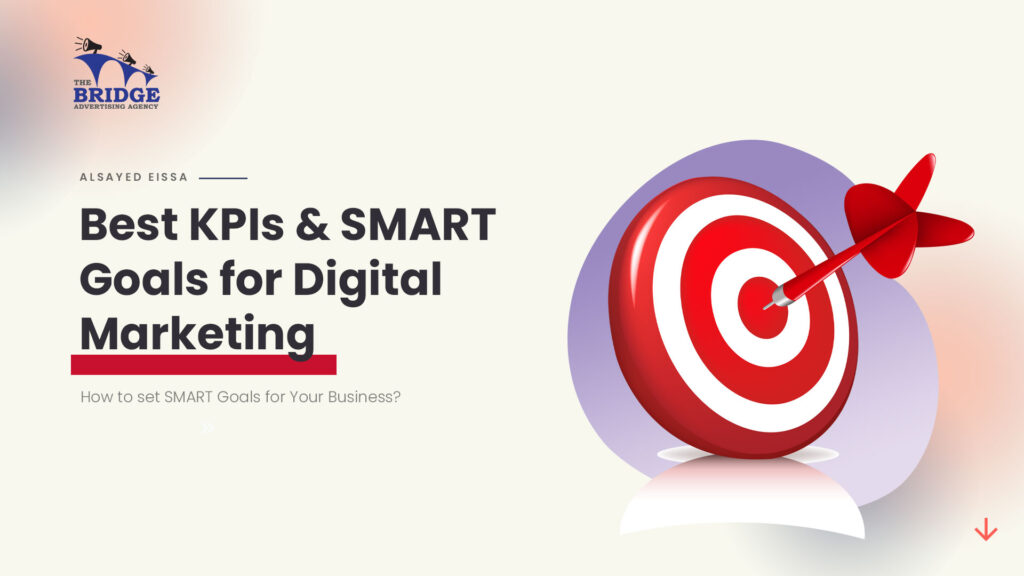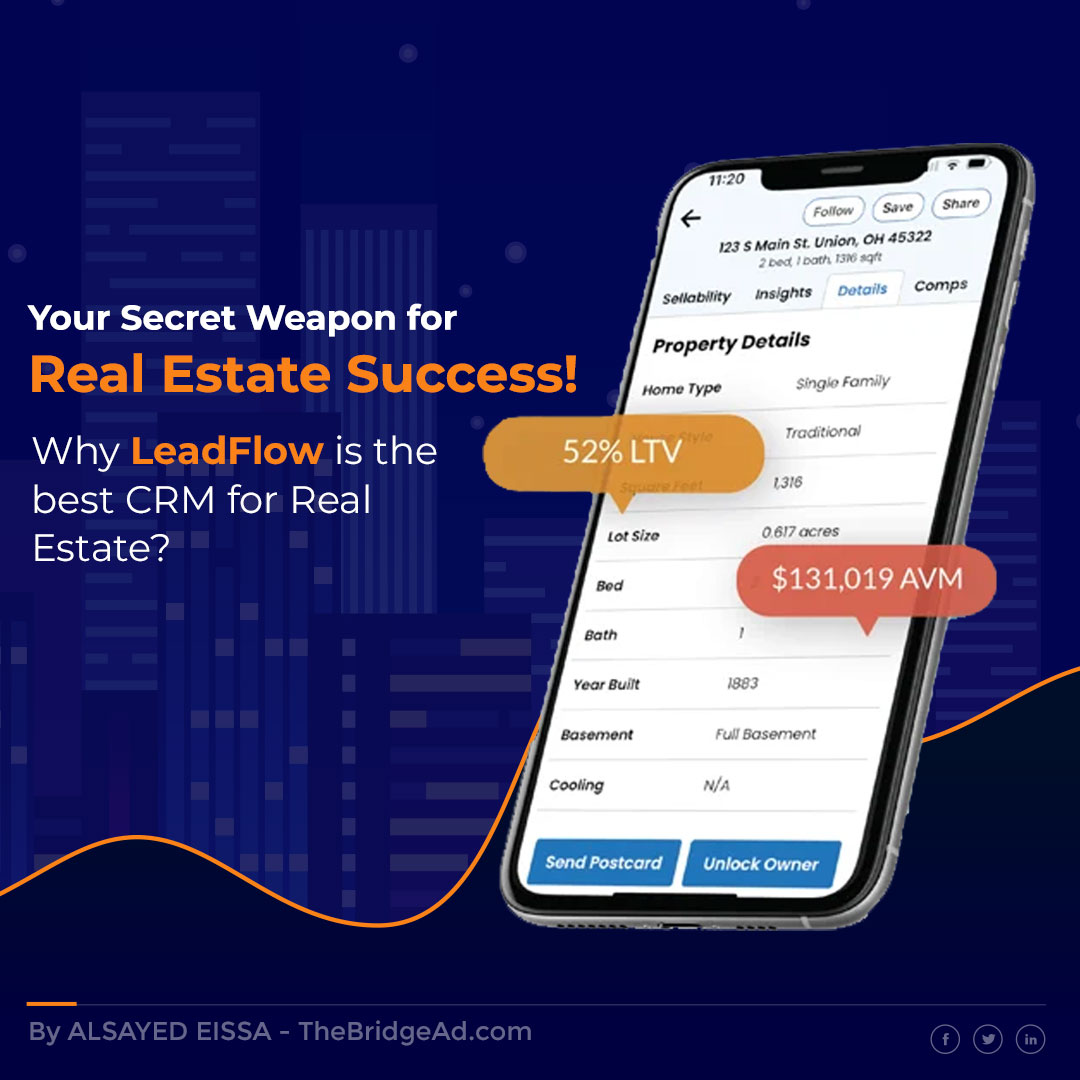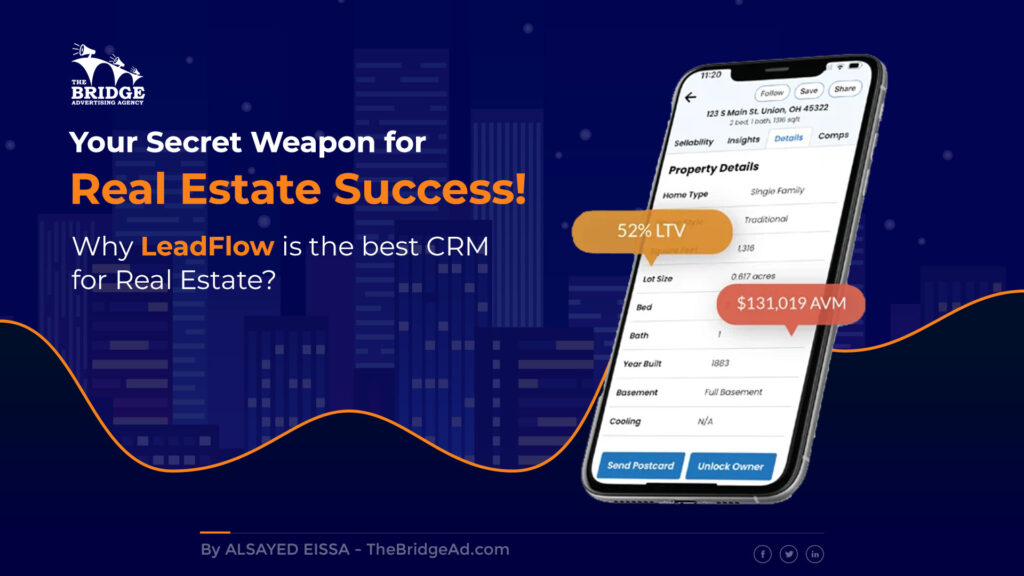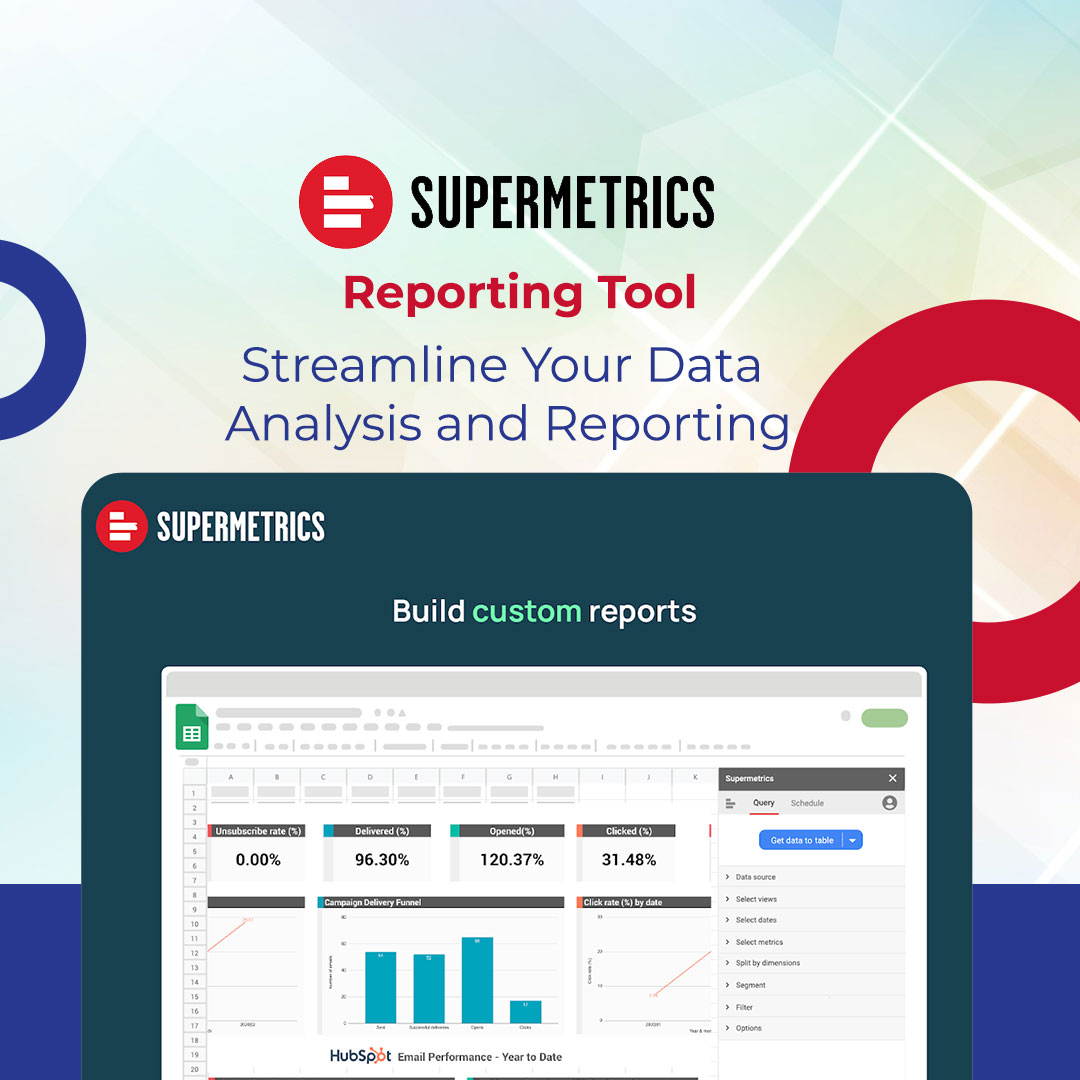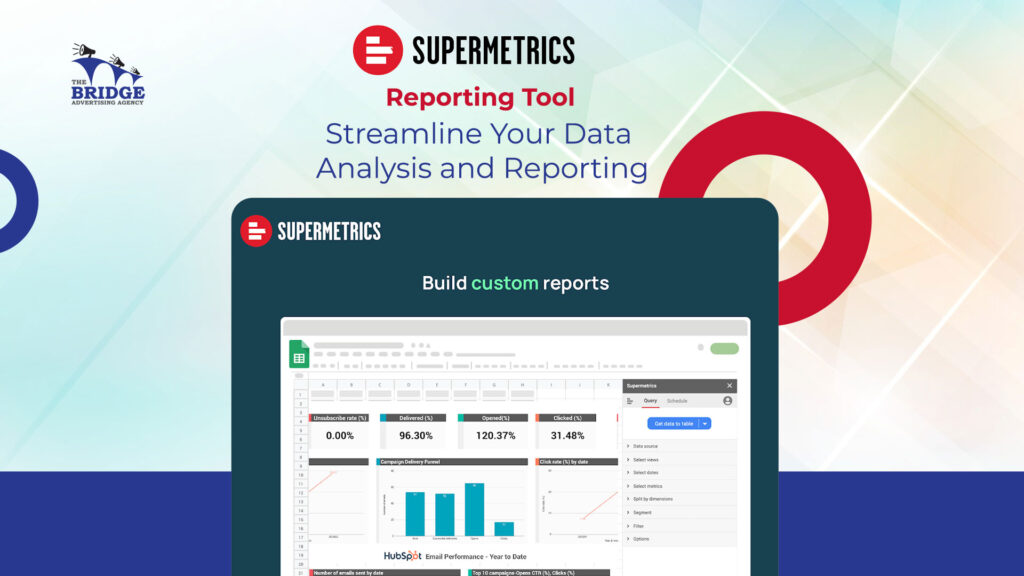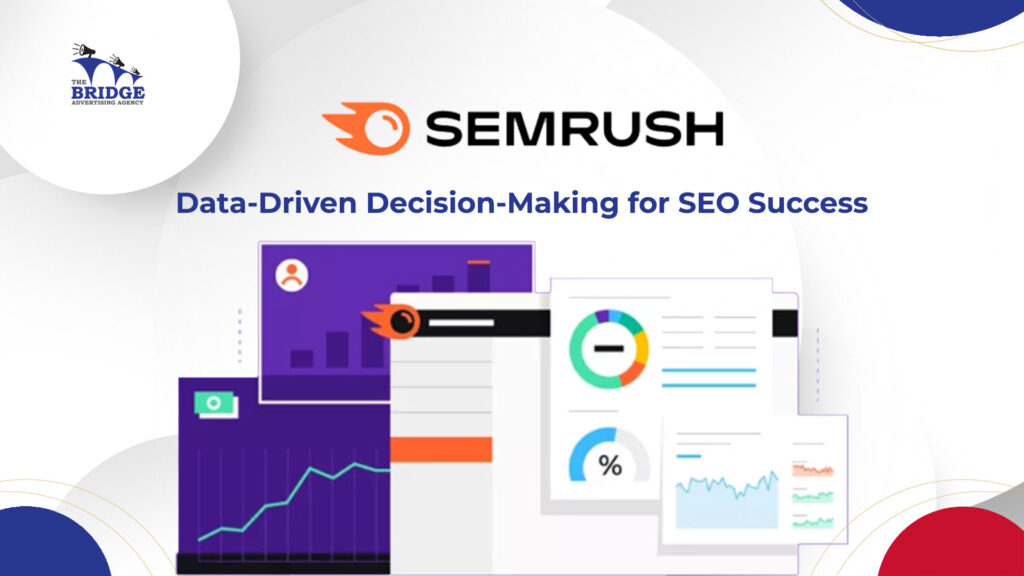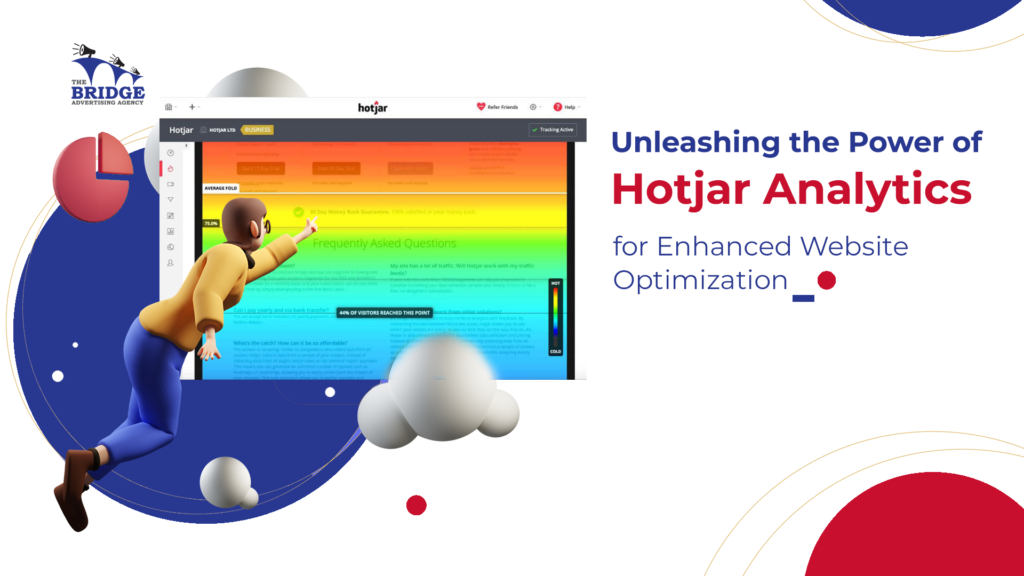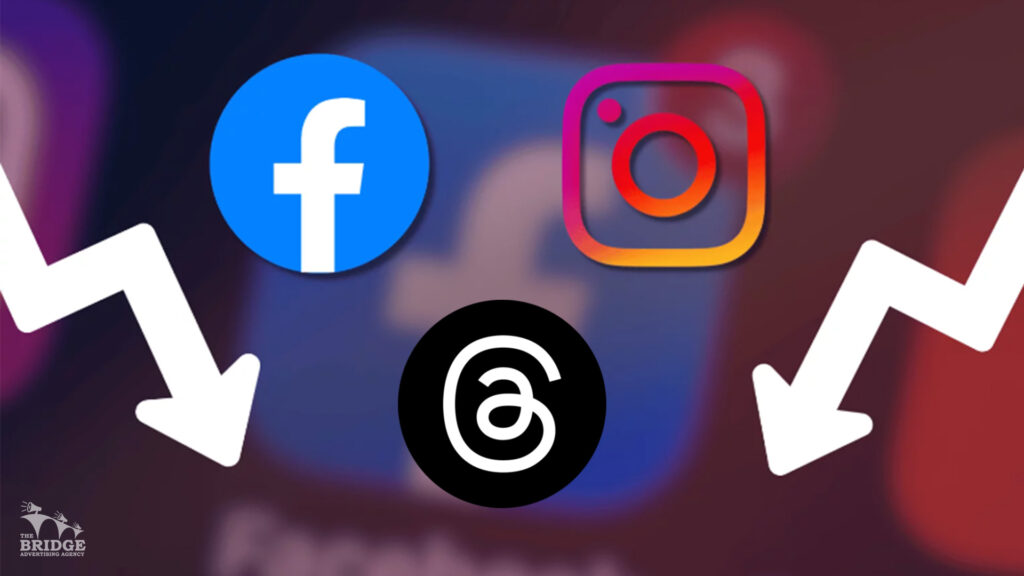
Meta Outage: What Happened & How to Secure Your Account?
On Tuesday, a widespread outage affected Meta-owned social media platforms Facebook, Threads, and Instagram, disrupting access for hundreds of thousands of users globally for over two hours due to a technical issue.
The disruption began around 8:30 pm (IST), with users on rival social media platforms reporting issues accessing their Facebook and Instagram accounts. The White House National Security Council stated that there was no indication of any specific malicious cyber activity at that time.
During the outage, over 550,000 reports of disruptions for Facebook and approximately 92,000 for Instagram were recorded, according to outage tracking website Downdetector.com.
Meta spokesperson Andy Stone acknowledged the technical problem without providing further details on its nature.
Shares of Meta dipped by 1.2% during afternoon trading in response to the outage. Concerns among Meta employees surfaced, with some expressing difficulty logging into internal work systems and speculating about potential lay-offs.
The outage quickly became a top trending topic, with platform owner Elon Musk chiming in with a quip aimed at Meta’s expense.
Facebook and Instagram started experiencing issues around 10:45 am EST, with users reporting difficulties accessing the apps. Around 500,000 Facebook users reported issues, according to Down Detector.
While there were concerns about hacking, Meta confirmed via Twitter (formerly X) that the services were experiencing an outage and that they were working to resolve the issue.
The outage of Meta’s services, including Facebook, Instagram, and Threads, sparked widespread concern among users, many of whom rely on these platforms for communication, information, and entertainment. The disruption highlighted the dependence of individuals and businesses on social media platforms for various purposes, including marketing, customer engagement, and content sharing.
The outage also raised questions about the resilience of major tech companies’ infrastructure and the need for robust contingency plans to mitigate the impact of such disruptions. Meta’s response to the outage was closely scrutinized, with critics pointing out the lack of transparency and timely communication during the incident.
In the wake of the outage, Meta faced increased pressure to address underlying issues with its platform’s stability and reliability. The company’s ability to quickly identify and rectify technical problems became a focal point for users and industry observers alike.
The outage’s impact extended beyond individual users, affecting businesses and organizations that rely on Facebook and Instagram for marketing and communication purposes. Many businesses reported disruptions to their operations and expressed frustration over the lack of access to critical communication channels.
As Meta worked to restore services and address the technical issues causing the outage, users and businesses alike were left to ponder the implications of relying heavily on a single platform for their online presence and communication needs. The incident served as a reminder of the importance of diversifying online communication channels and being prepared for unexpected disruptions.
Overall, the outage of Meta’s services highlighted the interconnected nature of the digital landscape and the need for robust infrastructure and contingency plans to ensure the continued functioning of essential online services.
More Details On Meta’s Outage:
According to Meta, the company announced yesterday on their website the following regarding the recent service disruption:
” Early today Facebook was down or unreachable for many of you for approximately 2.5 hours. This is the worst outage we’ve had in over four years, and we wanted to first of all apologize for it. We also wanted to provide much more technical detail on what happened and share one big lesson learned.
The key flaw that caused this outage to be so severe was an unfortunate handling of an error condition. An automated system for verifying configuration values ended up causing much more damage than it fixed.
The intent of the automated system is to check for configuration values that are invalid in the cache and replace them with updated values from the persistent store. This works well for a transient problem with the cache, but it doesn’t work when the persistent store is invalid.
Today we made a change to the persistent copy of a configuration value that was interpreted as invalid. This meant that every single client saw the invalid value and attempted to fix it. Because the fix involves making a query to a cluster of databases, that cluster was quickly overwhelmed by hundreds of thousands of queries a second.
To make matters worse, every time a client got an error attempting to query one of the databases it interpreted it as an invalid value, and deleted the corresponding cache key. This meant that even after the original problem had been fixed, the stream of queries continued. As long as the databases failed to service some of the requests, they were causing even more requests to themselves. We had entered a feedback loop that didn’t allow the databases to recover.
The way to stop the feedback cycle was quite painful – we had to stop all traffic to this database cluster, which meant turning off the site. Once the databases had recovered and the root cause had been fixed, we slowly allowed more people back onto the site.
This got the site back up and running today, and for now we’ve turned off the system that attempts to correct configuration values. We’re exploring new designs for this configuration system following design patterns of other systems at Facebook that deal more gracefully with feedback loops and transient spikes.
We apologize again for the site outage, and we want you to know that we take the performance and reliability of Facebook very seriously. “
Users’ Comments regarding the Meta’s Outage:




Technical Glitch or Cyber Attack Behind the Meta Outage?
As Facebook, Instagram, and Threads suffered a widespread outage on Tuesday, leaving millions of users in the dark, questions arise about the true nature of the incident. Was it really just a technical glitch, as Meta claims, or could there be more to the story?
Some users and experts are beginning to speculate that this outage might not be as innocent as it seems. With the outage affecting such a large number of users across multiple platforms, many are questioning whether it was simply a coincidence or a deliberate attack.
The timing of the outage, during a time of heightened tensions in the digital world, has raised suspicions among some observers. Meta’s response to the outage has also been called into question. While the company has assured users that it was caused by a technical issue and not a cyber attack, some are skeptical of this explanation.
Meta’s reluctance to provide detailed information about the nature of the technical problem has only fueled speculation. Could it be that Meta is trying to downplay the severity of the situation? Some believe that the company may be withholding information about a potential cyber attack to avoid causing panic among users and investors.
After all, a cyber attack on such a massive scale could have serious implications for the company’s reputation and stock price. As users continue to grapple with the aftermath of the outage, one question remains: Do you really believe Meta?
In an age where misinformation and deception are rampant online, it’s important to approach news like this with a critical eye. While Meta may have a vested interest in presenting the outage as a simple technical glitch, users should consider the possibility that there may be more to the story than meets the eye.
As the investigation into the outage continues, users are advised to remain vigilant and stay informed. In the meantime, it’s important to question the official narrative and consider all possibilities. After all, in the world of technology, things are not always as they seem.
How to Stay Safe During Online Service Disruptions: Simple Steps to Secure Your Accounts
In the event of a disruption to social media platforms or other online services, users can take several actions to mitigate the impact and stay informed:
- Check for Official Updates: Look for official statements or updates from the platform’s official social media accounts or website. Companies often use these channels to communicate information about outages and expected resolution times.
- Use Alternative Communication Channels: If possible, switch to alternative communication channels such as email, messaging apps, or phone calls to stay in touch with friends, family, or colleagues.
- Monitor News Outlets: Check news websites or social media for updates on the outage. News outlets often cover major disruptions and provide information on the cause and expected duration of the outage.
- Report the Issue: Report the issue to the platform’s support team through their official channels. This can help them identify and resolve the problem more quickly.
- Stay Informed: Keep an eye on the platform’s official channels for updates on the situation. Companies often provide regular updates on the progress of resolving the issue.
- Be Patient: In many cases, outages are resolved relatively quickly. It’s important to be patient and wait for the platform to restore service.
- Use Offline Features: Some apps and services offer offline features that can be used during an outage. Check if the app or service you’re using has any offline functionality that can be used to continue using the service.
- Check for Localized Outages: Sometimes, outages are localized and may not affect all users. Check with friends or family in other locations to see if they are experiencing similar issues.
- Avoid Sharing Personal Information: During an outage, avoid sharing personal or sensitive information online, as the outage may be related to a security breach.
By following these steps, users can stay informed and minimize the impact of disruptions to online services.
We’re Here for You!
If you’re struggling to develop a strategy for online marketing, don’t worry—you’re not alone. Crafting a comprehensive and effective digital marketing strategy can be challenging, especially with the ever-changing landscape of online platforms and consumer behavior.
However, you don’t have to navigate this process alone. Consider seeking help from digital marketing professionals who can provide expert guidance tailored to your specific needs and goals. Whether you’re looking to increase brand awareness, drive traffic to your website, or boost sales and conversions, a personalized digital marketing strategy can help you achieve your objectives more efficiently and effectively.
By partnering with experienced professionals, you can gain valuable insights, access to cutting-edge tools and technologies, and ongoing support to ensure your online marketing efforts are successful.




